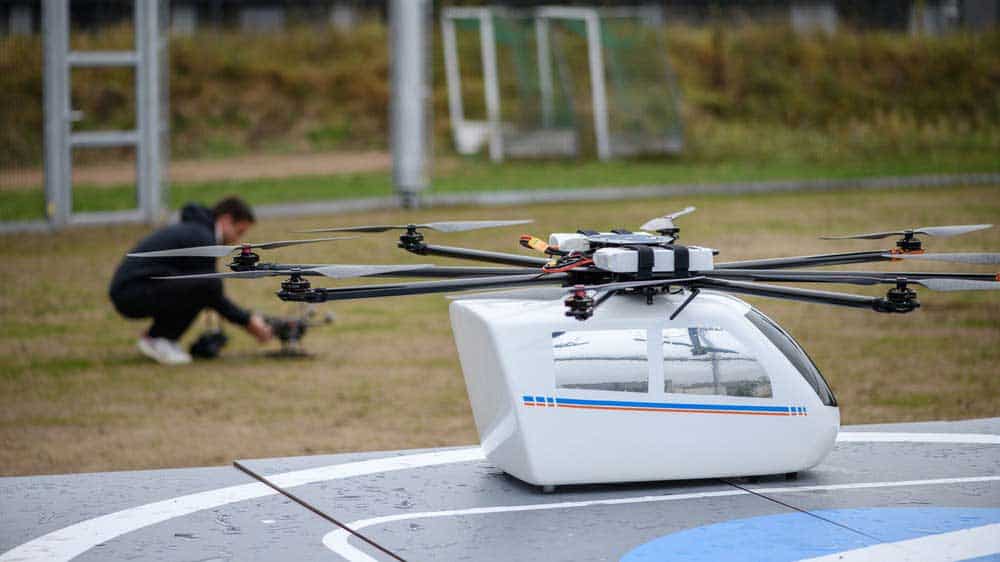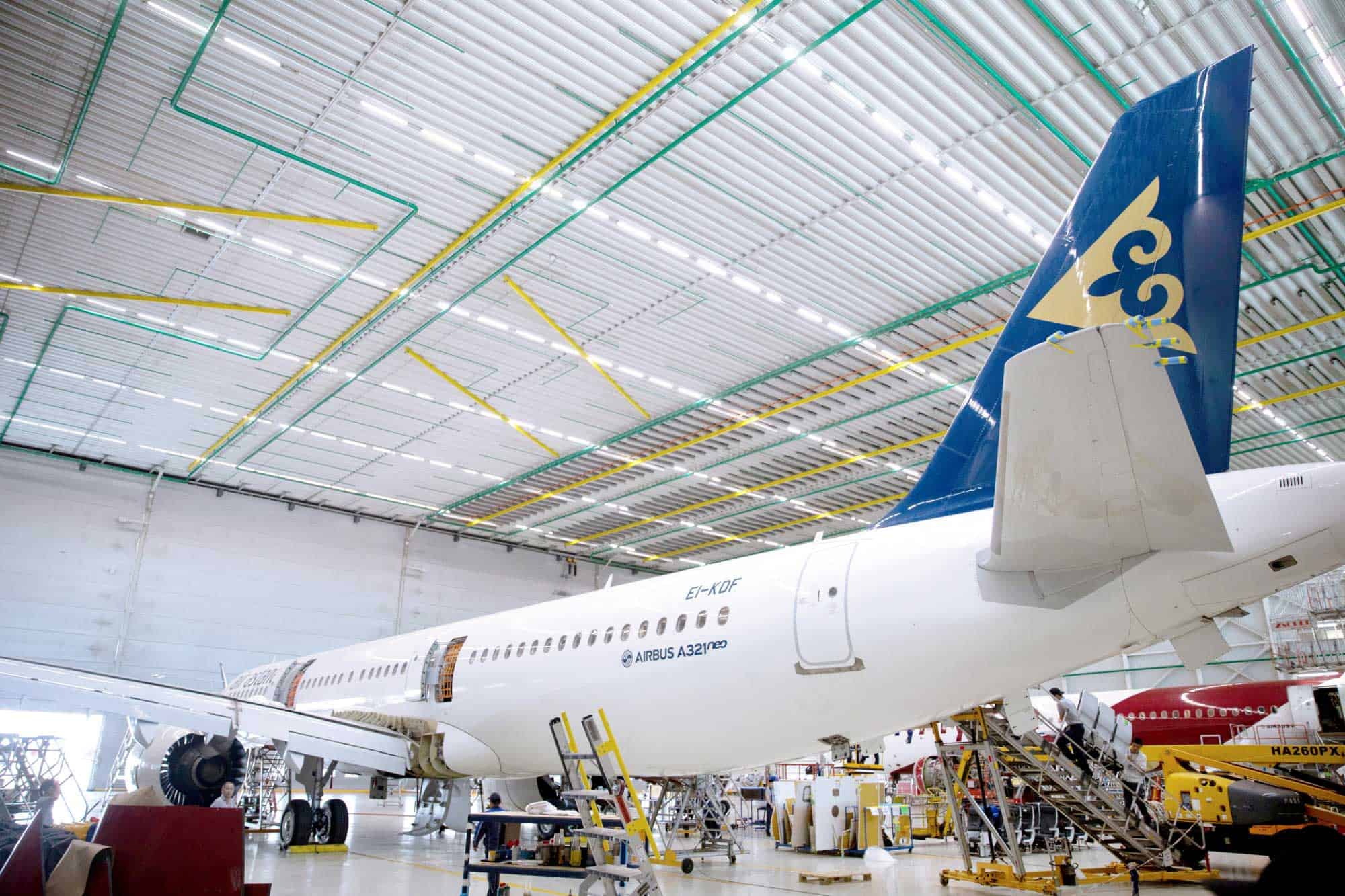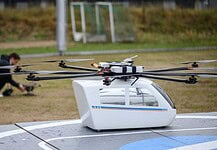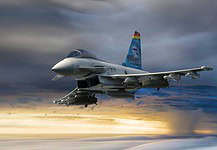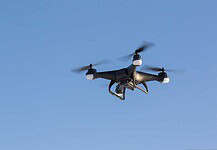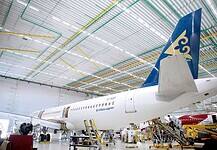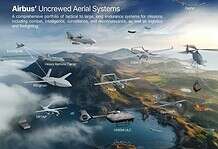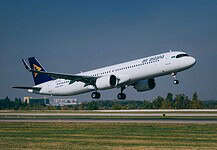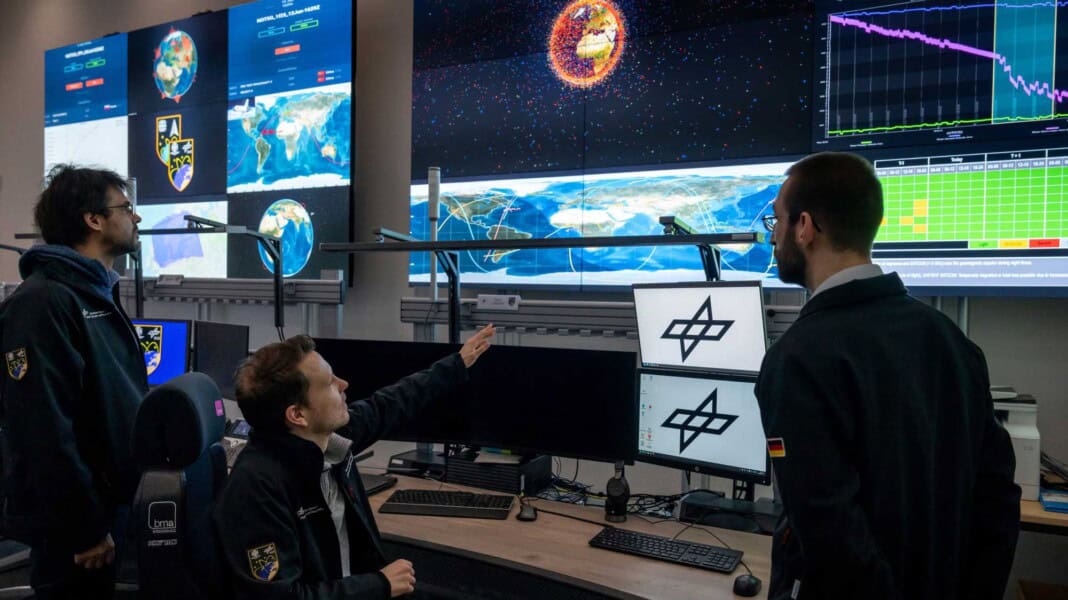
This site is also available on:
Deutsch
The Space Situational Awareness Center in Uedem is jointly operated by the German Space Agency at DLR and the Bundeswehr Space Command. With the GESTRA space surveillance sensor, DLR makes a significant contribution to the acquisition of data for space situational awareness.
The increasing use of near-Earth space and the growing number of active satellites bring with them a wide range of opportunities as well as new challenges. The growing amount of space debris, in particular, poses a serious threat to space infrastructure. At the same time, the security situation in space is becoming increasingly complex, making comprehensive monitoring and situation assessment essential. To meet these requirements, the German Space Agency at the German Aerospace Center (DLR) and the Bundeswehr Space Command have been working closely together for years – with the shared goal of ensuring the sustainable, safe operation of German space systems.
Space Situational Awareness Center in Uedem: A central hub for space security
Since 2011, the German Space Agency and the Bundeswehr Space Command have jointly operated the Space Situational Awareness Center in Uedem. There, experts from both organizations continuously analyze the situation in low Earth orbit to compile a precise situational awareness. This information forms the basis for numerous services provided to various stakeholders within and outside the German Federal Government.
The focus is not only on protecting the satellites from potential collisions or attacks by other objects in space, but also on supporting authorities and military units with up-to-date situation information. Furthermore, the situation center plays an important role in disaster management: In the event of an uncontrolled re-entry of dangerous space debris, early warnings can be issued to protect people on Earth.
Importance of the shared use agreement
On July 22, 2025, a significant data sharing agreement was signed between Dr. Walther Pelzer, DLR Executive Board member and Director General of the German Space Agency, and Major General Michael Traut, Commander of the German Space Command. This agreement creates a clear legal basis for the almost complete exchange of data between both parties.
This binding regulation not only protects the operational staff of the Space Situational Awareness Center in their daily work, but also enables a significantly more efficient flow of information. Both organizations now use the same database, significantly improving their analytical and operational capabilities.
The joint use agreement thus marks a milestone in interdepartmental cooperation – a step towards a holistic approach to increasing the safety of all German activities in low Earth orbit.
Challenges posed by space debris – The underestimated danger
The so-called Low Earth Orbit (LEO), the region up to about 2,000 kilometers above the Earth’s surface, is densely populated with several thousand active satellites from various countries. At the same time, it contains millions of smaller debris of various sizes – remains of decommissioned satellites, rocket parts, or collisions from previous decades.
The total mass of this scrap amounts to more than 10,000 tons of material. Even small particles can cause catastrophic damage at high speeds: A collision with a fragment can lead to the failure of entire systems or even trigger a chain reaction (“Kessler syndrome”). Therefore, precise observations and predictions are critical to be able to execute timely evasive maneuvers or initiate appropriate preventative measures.
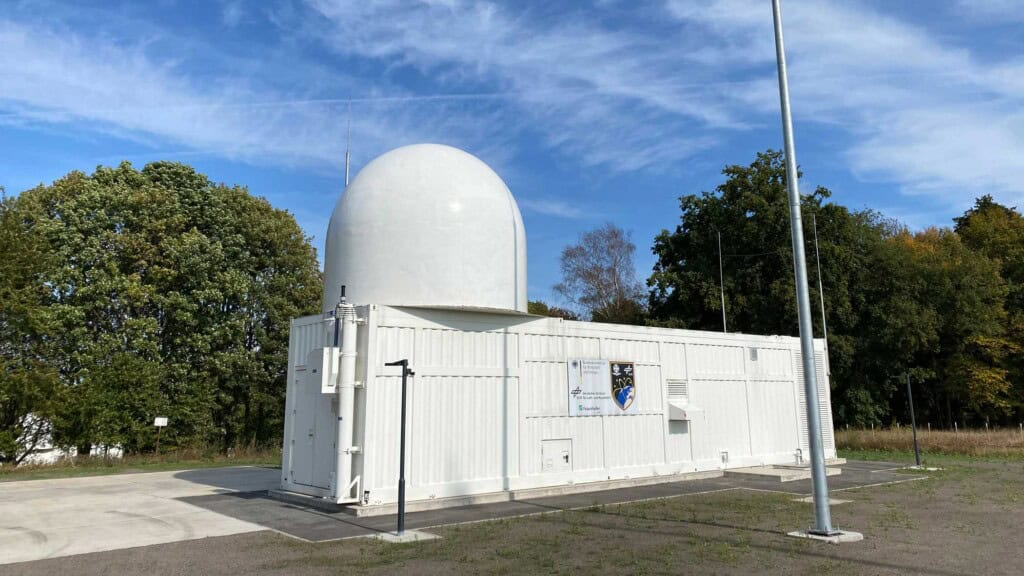
GESTRA – State-of-the-art radar technology for orbit monitoring
Detecting this multitude of objects requires state-of-the-art technologies such as GESTRA (German Experimental Space Surveillance and Tracking Radar). Developed by the Fraunhofer Institute for High Frequency Physics and Radar Techniques (FHR) in Wachtberg, this powerful radar system continuously delivers reliable data on the positioning of numerous satellites and their potential collision partners.
GESTRA operates at very high resolution and specifically covers critical regions – especially low Earth orbit – which makes a decisive contribution to the early detection of risks. GESTRA is funded by the German Federal Government through the German Space Agency at DLR; it is also operated from the joint interdepartmental Space Situational Awareness Center in Uedem.
The combination of state-of-the-art technology with interdisciplinary expertise makes the Situation Center the heart of German efforts to ensure safe operations in near-Earth space.
Cross-departmental cooperation as a success factor
Today, the complex threat landscape and technological requirements can only be managed through close cooperation between various actors – both civilian and military. The joint approach of the German Space Agency at DLR and the German Air Force/German Armed Forces Command reflects this paradigm shift:
- It provides coordinated strategies to ensure robust situational awareness.
- Improves efficiency through shared resources.
- Increases reaction speed to acute threats.
- It also strengthens Germany‘s role as a responsible actor in international frameworks for the peaceful use of space.
In this way, Germany is not only making its contribution to global transport safety in orbit but is also signaling political stability in the face of growing geopolitical tensions beyond our atmosphere.
Outlook: Future-proof strategies against orbital risk
Given the dynamic developments in both technological innovation and geopolitical power shifts, the topic of “space monitoring” remains highly relevant. Against this backdrop, Germany is planning the following initiatives:
- Expansion of further sensor networks along different orbits
- Use of advanced algorithms for improved collision predictions
- Consolidation of international cooperation with partner states
The goal is always to identify risks as early as possible and to provide transparent options for action – for the benefit of all users of low-Earth orbit. A coordinated data platform, such as the one now established through the shared use agreement, is considered a central building block of a sustainable security architecture. The resulting synergy will be essential for securing Germany’s position in an increasingly competitive orbital economy in the long term.

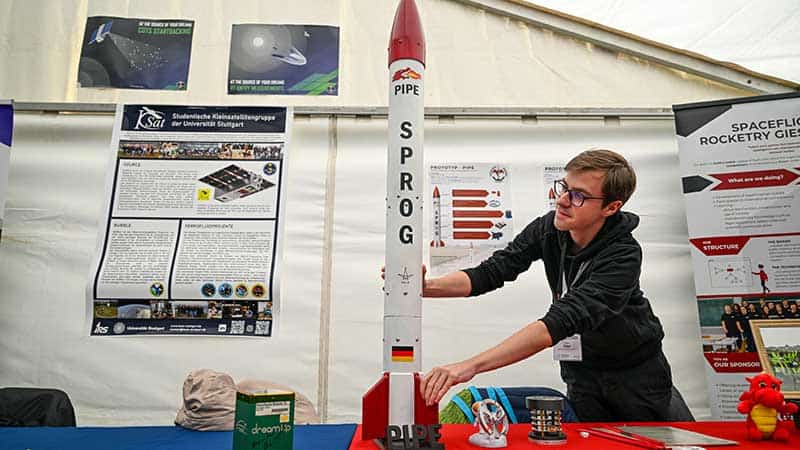 Wacken Open Air: Interstellar meeting place for space enthusiasts (Wacken Open Air: Interstellar meeting place for space enthusiasts)
Wacken Open Air: Interstellar meeting place for space enthusiasts (Wacken Open Air: Interstellar meeting place for space enthusiasts)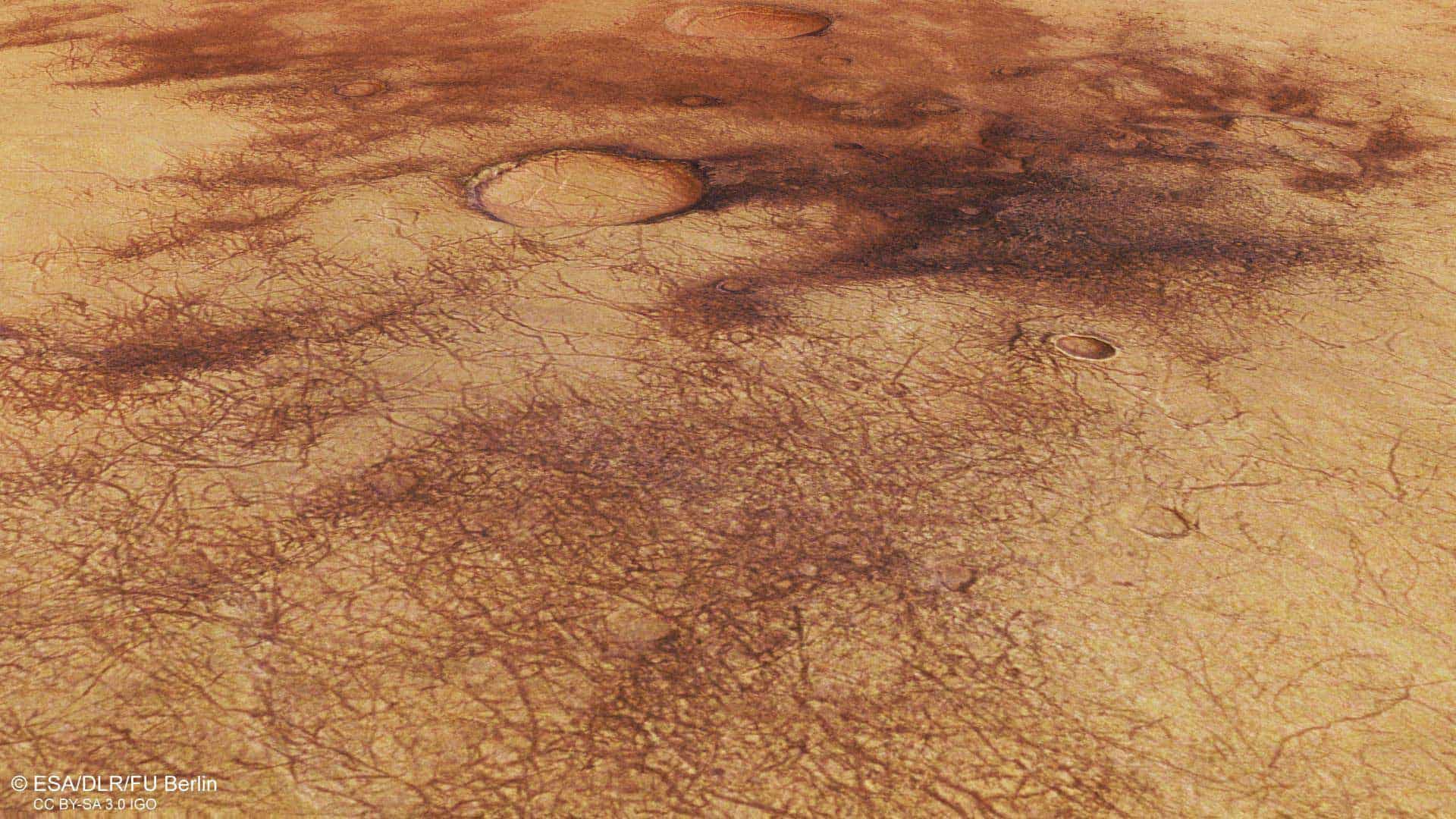 Strong Martian winds and dust devils: Insights thanks to deep learning and camera technology (Strong Martian winds and dust devils: Insights thanks to deep learning and camera technology)
Strong Martian winds and dust devils: Insights thanks to deep learning and camera technology (Strong Martian winds and dust devils: Insights thanks to deep learning and camera technology) Space research: DLR buys flights on the “Nyx” space capsule (Space research: DLR buys flights on the “Nyx” space capsule)
Space research: DLR buys flights on the “Nyx” space capsule (Space research: DLR buys flights on the “Nyx” space capsule)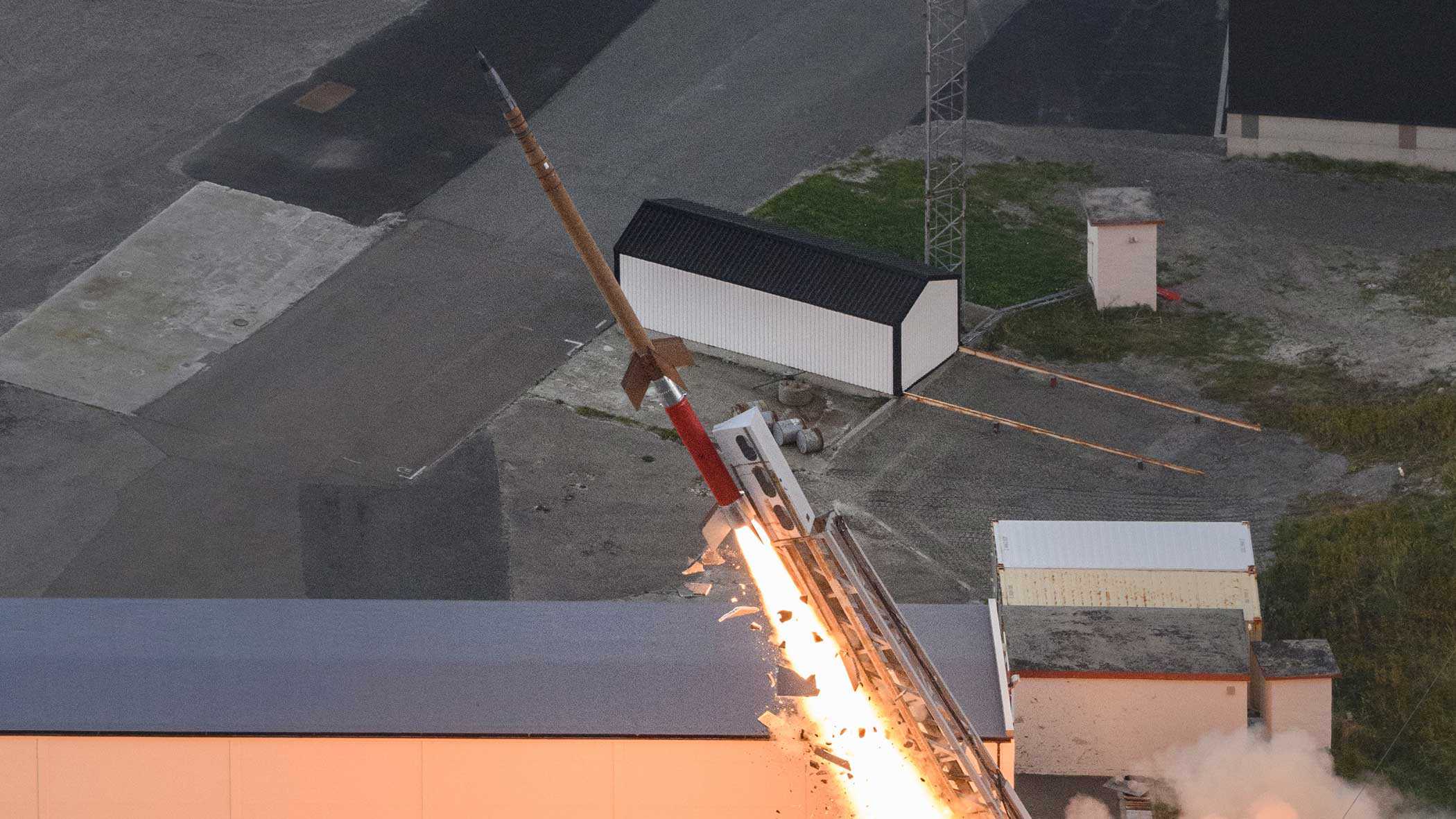 Reusable spacecraft: DLR’s ATHEAt flight experiment (Reusable spacecraft: DLR’s ATHEAt flight experiment)
Reusable spacecraft: DLR’s ATHEAt flight experiment (Reusable spacecraft: DLR’s ATHEAt flight experiment)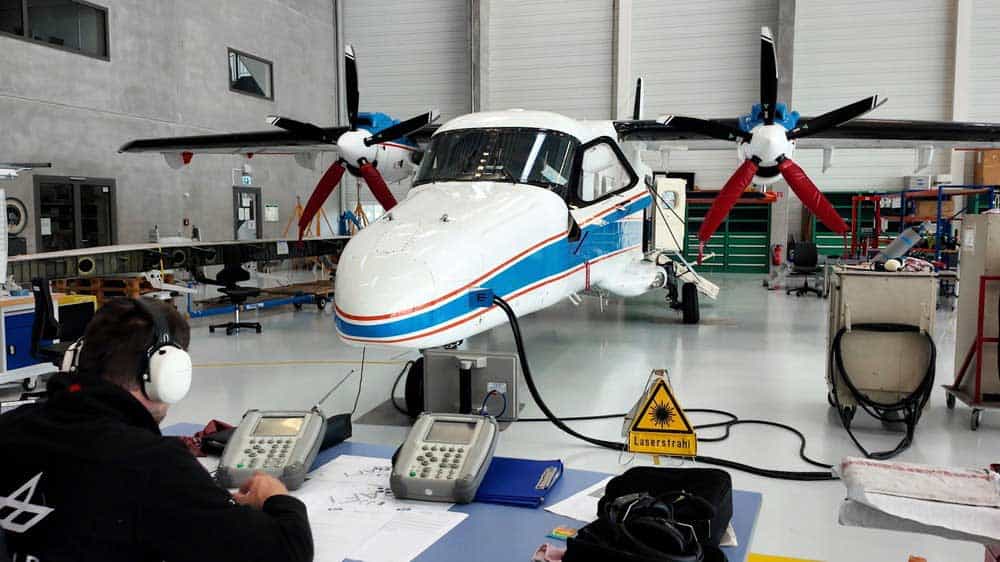 Quantum communication: From aircraft to ground stations and the quantum internet (Quantum communication: From aircraft to ground stations and the quantum internet)
Quantum communication: From aircraft to ground stations and the quantum internet (Quantum communication: From aircraft to ground stations and the quantum internet)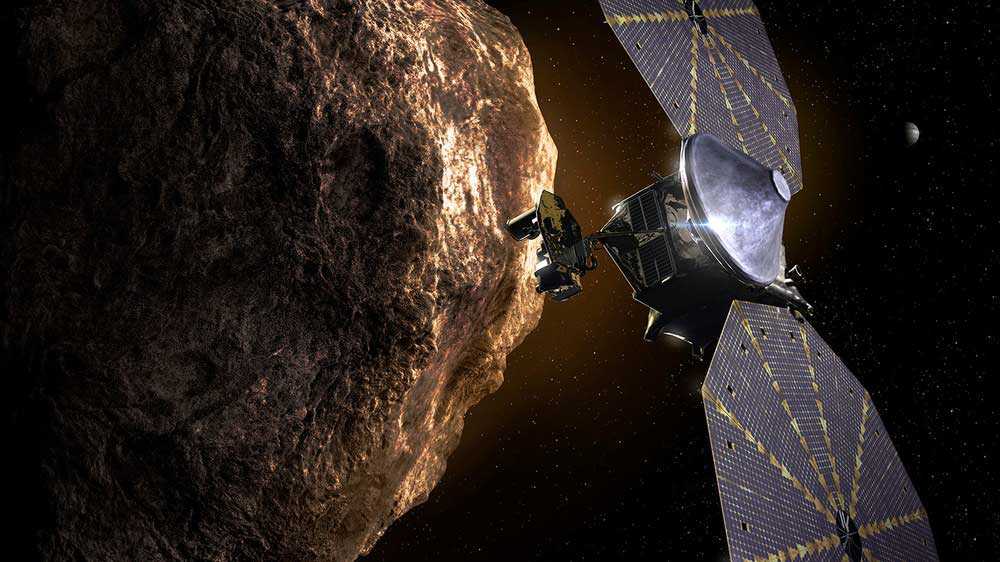 NASA space probe Lucy encounters the asteroid Donaldjohanson (NASA space probe Lucy encounters the asteroid Donaldjohanson)
NASA space probe Lucy encounters the asteroid Donaldjohanson (NASA space probe Lucy encounters the asteroid Donaldjohanson)
